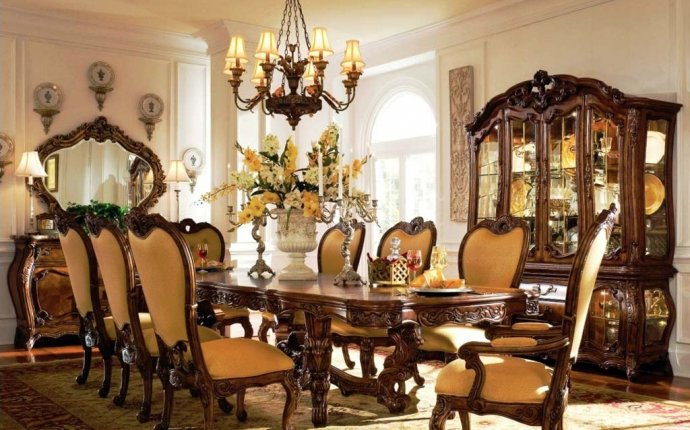
Treating woodworm in Antique furniture
Below are some handy hints and tips on how to . Some of these methods are used by our restorers when cleaning our quality pieces before they go up for sale.
The correct method to apply Wax on Antique Furniture
should always have the original finish preserved and the best way to do this is by using a wax finish as it is very easy to apply, it will clean any old dirt and keep the finish on your antique furniture looking attractive. There can be very bad streaks, smudging and dullness if applies incorrectly so below is how to correctly apply the wax to your furniture.
Before you start ensure the surface is clean and dry, clean the surface with a cloth and if it is very dirty you can use a moist cloth sometimes by adding a tiny amount of vinegar to the water (but ensure it is very diluted), this will remove some of the dirt and dust that has built up over the years. To get the dust out of the nooks and crannies try using a soft bristled dusting brush or even a tooth brush. The furniture wax will act as the main cleaner as it removes some grease and dirt so don’t worry about the first stage too much. The biggest mistake when applying furniture wax, is applying too much at once as this will make it difficult to buff up and if not buffed up correctly it will act as a dust collector leaving your finish dull. The correct way to apply antique furniture wax is to use a soft, clean cotton or lint free cloth and apply the furniture wax by dipping the cloth into the can of wax and rub the wax on in a small circular motion over the entire wood surface sparingly. Rub the wax in vigorously but thinly and then finish by applying the wax in the direction of the grain. Once applied i would recommend to wait for around 30 – 60 minutes to ensure it is dry and it has soaked into your wood surface, before buffing up. To get the desired finish buff the wax up by using a clean cloth (preferably an old piece of toweling) and buff the surface in the direction of the grain. The more buffing you do the higher the sheen you get and the more thin applications you apply using the same method the better the finish you will achieve. I would use this process around once every three months as not only will it keep your furniture looking fine but it will also protect the wood and ensure your furniture will last for hundreds more years, so can be passed down through the generations of your family.
Different ways to Clean and Revive Antique Furniture
If it is simply just to revive the dullness then firstly try waxing the piece with a good fiddes wax (available on our website) but if the surface is mucky and slightly cloudy surface will need to be cleaned either using our polish revive or mix four parts white spirit to one part boiled linseed oil and put onto a clean linen cloth and rub into the finish in the direction of the grain and if the muck is really dirty try some very fine 0000 wire wool with the solution on but only test a small section first. As the cloth gets dirty use a fresh cloth otherwise you will be rubbing the dirt back in.
To finish off wipe the surface with white spirit on a clean cloth in the direction of the grain and once dry, give the piece of antique furniture a very good wax (if you use a coloured wax this will hide some old dents and scratches). But if you want a simple modern alternative, buy a bottle of from our website as this is a ready mixed formula and works extremely well.
How to treat antique furniture with woodworm
Most people panic on the sight of woodworm holes but if there are holes this does not necessarily mean the woodworm is alive or it is spreading throughout your home. Most people can easily treat their antique furniture themselves unless the furniture is so badly infested, it is structurally weakened. If this is the case then always seek professional advice from a good antiques restorer.
If the woodworm damage is slight and there are the usual small holes then the best thing to do is to purchase a commercial woodworm killing fluid as these are very effective due to modern liquids. Usually you need to paint it over the areas or inject direct into the hole. Some bottles come with an injecting nozzle and these are usually the best as you simply Insert the nozzle into the holes and squirt the liquid. Treat the entire affected area where holes can be seen and as a precaution maybe re treat after a few days. We also recommend to, brush the liquid over all the area as well to be on the safe side. Please also wear gloves as it is quite nasty stuff and you do not want it on your skin.









